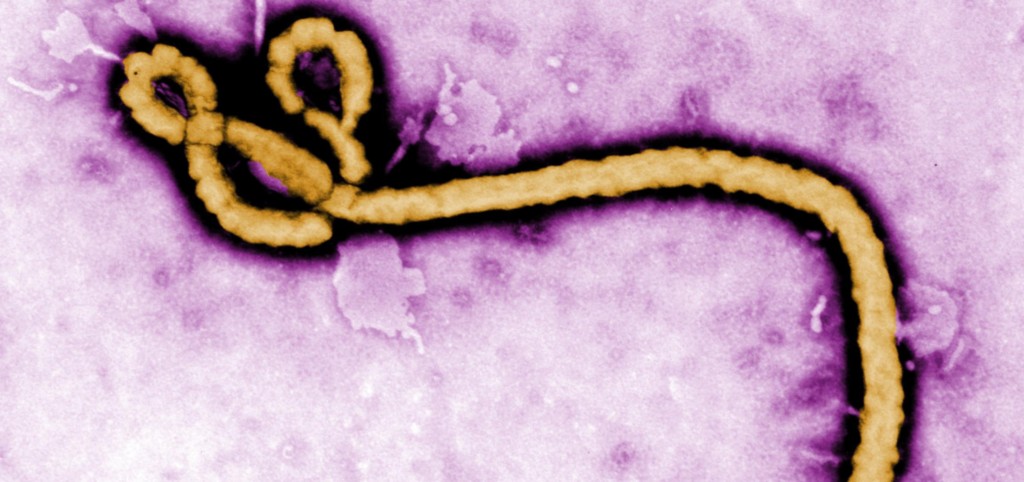Emerging disease

What is it?
Emerging diseases are those that appear for the first time in the human population or whose incidence and distribution increase rapidly. An example is COVID-19, which emerged in late 2019 and spread worldwide. Other examples include diseases such as Zika and the Oropuche virus, which have spread to new regions.
On the other hand, re-emerging diseases are those that had declined or ceased to be a public health problem but are now reappearing. This is the case, for example, with infections caused by multidrug-resistant bacteria, which have emerged due to the misuse and abuse of antibiotics and are once again posing a serious public health problem.
Why do they emerge?
The emergence of emerging diseases has accelerated in recent decades. This is due to multiple interconnected factors:
- Environmental factors: Climate change is altering ecosystems, disrupting the distribution of mosquitoes and other vectors, which facilitates the spread of viruses such as dengue and Zika. Deforestation and the invasion of wild habitats also play a key role, as they increase interaction between humans and animals that may carry new viruses.
- Biological factors: Some viruses and bacteria evolve, generating new variants that are more contagious or resistant to treatment. In addition, the overuse of antibiotics has led to the emergence of multi-resistant bacteria, which are more difficult to treat.
- Social and economic factors: Globalisation and urban growth have facilitated the rapid spread of diseases worldwide. Increased international travel allows pathogens to cross borders in a matter of hours. In turn, poverty and limited access to health services make some populations more vulnerable.
Why are they a public health problem?
Emerging and re-emerging diseases pose a major challenge because they can spread rapidly and cause epidemics or pandemics, putting the lives of millions of people at risk. In many cases, there are no effective treatments or vaccines, making them difficult to control and increasing mortality.
In addition to their health impact, these diseases cause economic and social crises. Overburdened health systems, disruption of trade and international mobility, and impacts on productivity are some of the consequences, as evidenced by the COVID-19 pandemic.
To prevent and control these diseases, it is essential to strengthen epidemiological surveillance (i.e., studying their emergence and spread in animal and human populations), develop new broad-spectrum treatments, and strengthen international cooperation. It is difficult to predict where or when new pathogens will emerge, but we can take action to reduce the risk and prepare to respond. In July 2024, the WHO published an updated list of pathogens that could cause the next epidemic or pandemic and for which increased research and the development of vaccines, treatments and diagnostics are needed.
Some examples of emerging diseases
| Emerging diseases | |
| HIV/ AIDS | Oropouche virus disease |
| Coronavirus (MERS, SARS, COVID-19) | Ebola |
| Dengue | Lassa fever |
| Zika | Nipah |
| West Nile | Mpox |
READ MORE
COLLAPSE
- The Most Feared Pathogens: 9 Diseases that Could Cause a Major Epidemic(ISGlobal, 2025)
- Avian Influenza: Should We Be Concerned?(ISGlobal, 2025)
- What Will the Next Disease X Be? (ISGlobal, 2024)
- A New List of Priority Pathogens that Could Cause the Next Pandemic(ISGlobal, 2024)
- Rather than Waiting for New Viruses to Emerge, We Should Be Looking for Them(ISGlobal, 2021)
MULTIMEDIA MATERIAL

